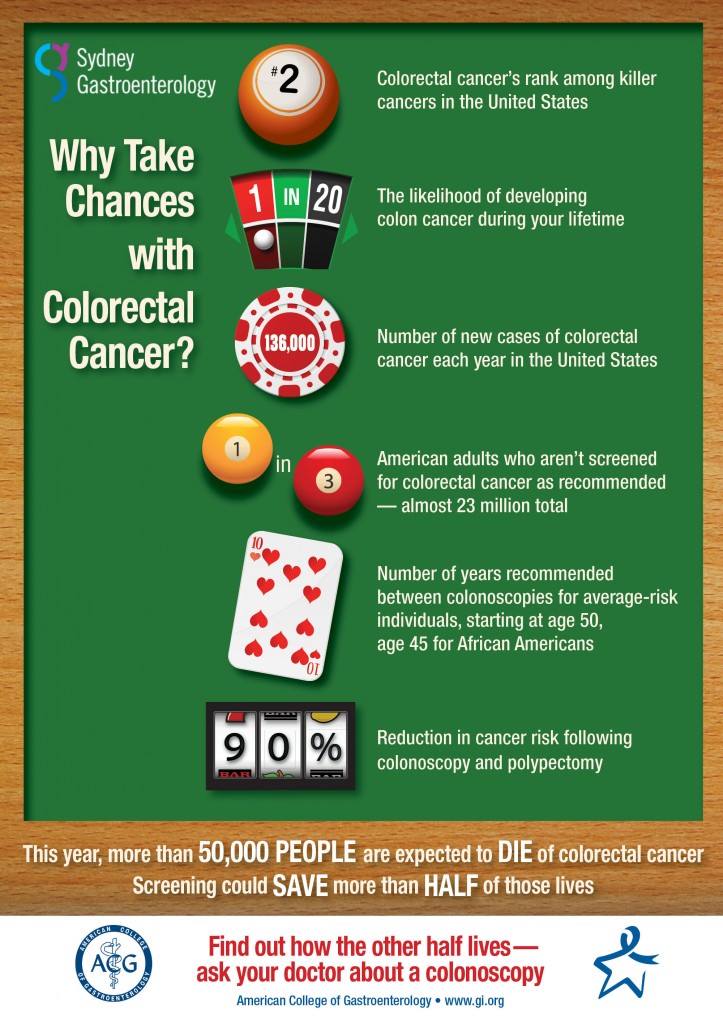The prognostic and predictive value of serum CA19.9 in pancreatic cancer.
Abstract
Published July 2012
BACKGROUND:
Current staging methods for pancreatic cancer (PC) are inadequate, and biomarkers to aid clinical decision making are lacking. Despite the availability of the serum marker carbohydrate antigen 19.9 (CA19.9) for over two decades, its precise role in the management of PC is yet to be defined, and as a consequence, it is not widely used.
METHODS:
We assessed the relationship between perioperative serum CA19.9 levels, survival and adjuvant chemotherapeutic responsiveness in a cohort of 260 patients who underwent operative resection for PC.
RESULTS:
By specifically assessing the subgroup of patients with detectable CA19.9, we identified potential utility at key clinical decision points. Low postoperative CA19.9 at 3 months (median survival 25.6 vs 14.8 months, P=0.0052) and before adjuvant chemotherapy were independent prognostic factors. Patients with postoperative CA 19.9 levels>90 U/ml did not benefit from adjuvant chemotherapy (P=0.7194) compared with those with a CA19.9 of ≤90 U/ml (median 26.0 vs 16.7 months, P=0.0108). Normalization of CA19.9 within 6 months of resection was also an independent favorable prognostic factor (median 29.9 vs 14.8 months, P=0.0004) and normal perioperative CA19.9 levels identified a good prognostic group, which was associated with a 5-year survival of 42%.
CONCLUSIONS:
Perioperative serum CA19.9 measurements are informative in patients with detectable CA19.9 (defined by serum levels of >5 U/ml) and have potential clinical utility in predicting outcome and response to adjuvant chemotherapy. Future clinical trials should prioritize incorporation of CA19.9 measurement at key decision points to prospectively validate these findings and facilitate implementation.
- Collaborators:
Biankin A, Merrett N, Cosman P, Das A, Pavey D, Asghari R, Ismail K, Samra J, Gill A, Pavlakis N, Toon C, Guminski A, Lam V, McLeod D,Pleass H, James V, Sandroussi C, Crawford M, Joseph D, Kench J, Cooper C.
- PMID: 22241899 [PubMed – indexed for MEDLINE] PMCID: PMC3387824



